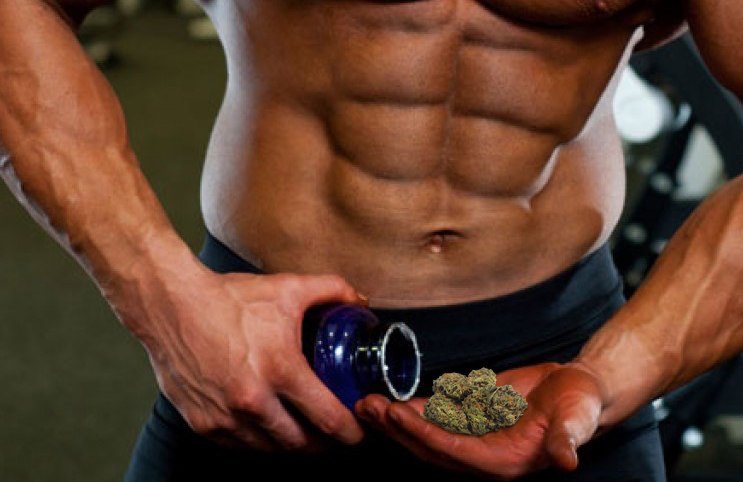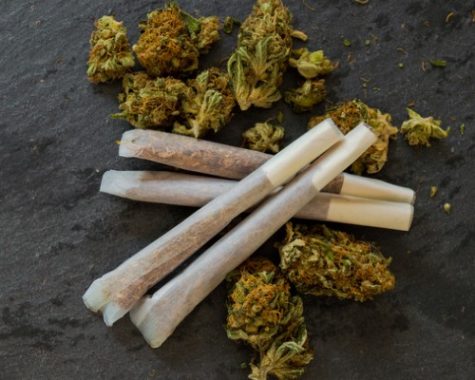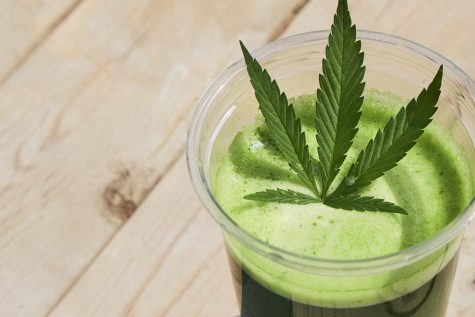Study: Researchers gain a clearer understanding of cannabis’ impact on workouts
Strained research efforts into the cannabis plant have left scientists scratching their heads wondering exactly how tetrahydrocannabinol (THC) and cannabidiol (CBD) – the two main active compounds contained in cannabis – impact physical performance.
The desire to learn more on the subject has become evermore apparent since sprinter Sha’Carri Richardson was suspended from participating in the Tokyo Olympics after testing positive for cannabis this past July.
Cannabis is forbidden under World Anti-Doping Agency (WADA) rules. However, on September 14, the WADA announced that it would be reconsidering the plant’s use among athletes.
News of the 100-meter star – who has been acknowledged as the sixth fastest woman in history – being banned from the Olympics spread like wildfire.
On the plus side, soon after the incident, she was invited to join forces with Kanye West and feature in his Beats by Dre ad. Not only this, but the female athlete’s experience inspired a brand new study at CU Boulder into cannabis’ impact on workouts.
“To date, there are no human studies on the effects of legal market cannabis on the experience of exercise; that’s where we come in,” said PhD student in the Department of Psychology and Neuroscience, Laurel Gibson. She also takes on the role of the study’s principal investigator.
More than 50 paid volunteers will participate in study into cannabis’ impact on exercise performance
In excess of 50 people will be invited to participate in the SPACE study (Study on Physical Activity and Cannabis Effects). Each paid volunteer will already be experienced at merging cannabis use with exercise prior to the study’s conception date.
According to details of the study, three unique exercise sessions will take place. At the initial session, researchers intend on assessing the heart rate of each study subject and taking his/her baseline fitness measurements, as well as asking each participant to answer a set of questions. After this, study participants will be requested to visit a local cannabis dispensary and obtain one of two strain types: CBD-dominant or THC-dominant.
During a sober follow-up visit, study subjects will be asked to use the treadmill running feature for 30 minutes, before answering questions every 10 minutes. This, the researchers say, will help to understand things like time perception, workout difficulty level, thought monitoring and pain.
Once the sober tests have taken place, study subjects will then be asked to return to the testing facility and undergo the same tests, albeit under the influence of cannabis. Aside from monitoring the potential benefits of using cannabis for exercise sessions, researchers also plan on assessing the plant’s prospective negative side effects, including anxiety, confusion and paranoia.
“Cannabis is often associated with a decrease in motivation — that stereotype of couch-lock and laziness,” said Gibson. “But at the same time, we are seeing an increasing number of anecdotal reports of people using it in combination with everything from golfing and yoga to snowboarding and running.”
Study on cannabis’ impact on exercise performance will explore plant’s suitability for adults and “runner’s high”
According to professor of psychology and neuroscience, Angela Bryan, older adults struggle to exercise due to pain problems. Since cannabinoids possess pain-killing and anti-inflammatory properties, Bryan is optimistic about the new doors that could open up for older age groups once the study has taken place.
“If cannabis could ease pain and inflammation, helping older adults to be more active, that could be a real benefit,” said Bryan, who also assumes the role of Gibson’s faculty advisor on the SPACE study.
Another interesting facet of the looming SPACE study focuses on endorphins, which are renowned for stimulating the famous “runner’s high.” However, the study’s researchers believe that plant-derived cannabinoids could actually further amplify the good feeling that prompts many fitness fanatics to hit the gym.
“It is possible that exogenous cannabinoids like THC or CBD might activate the endocannabinoid system in a way that mimics the runner’s high,” said Gibson, who noted that CBD or THC may bind to the same receptors in the brain responsible for feelings of euphoria and alertness.
In summary, the team feel confident that their findings will encourage federal lawmakers in the U.S. (and beyond) to eliminate cannabis from the list of banned substances for athletes.








